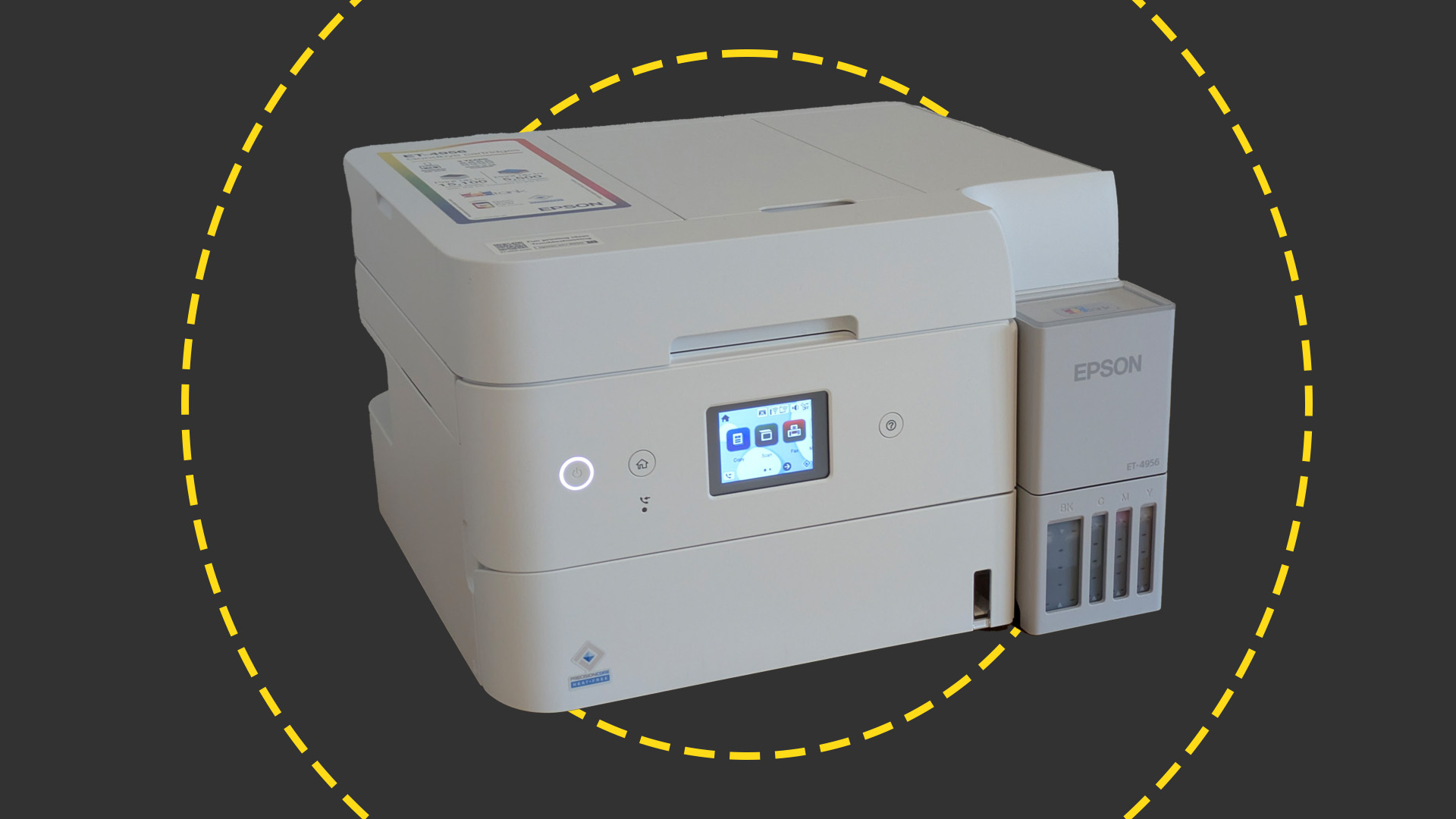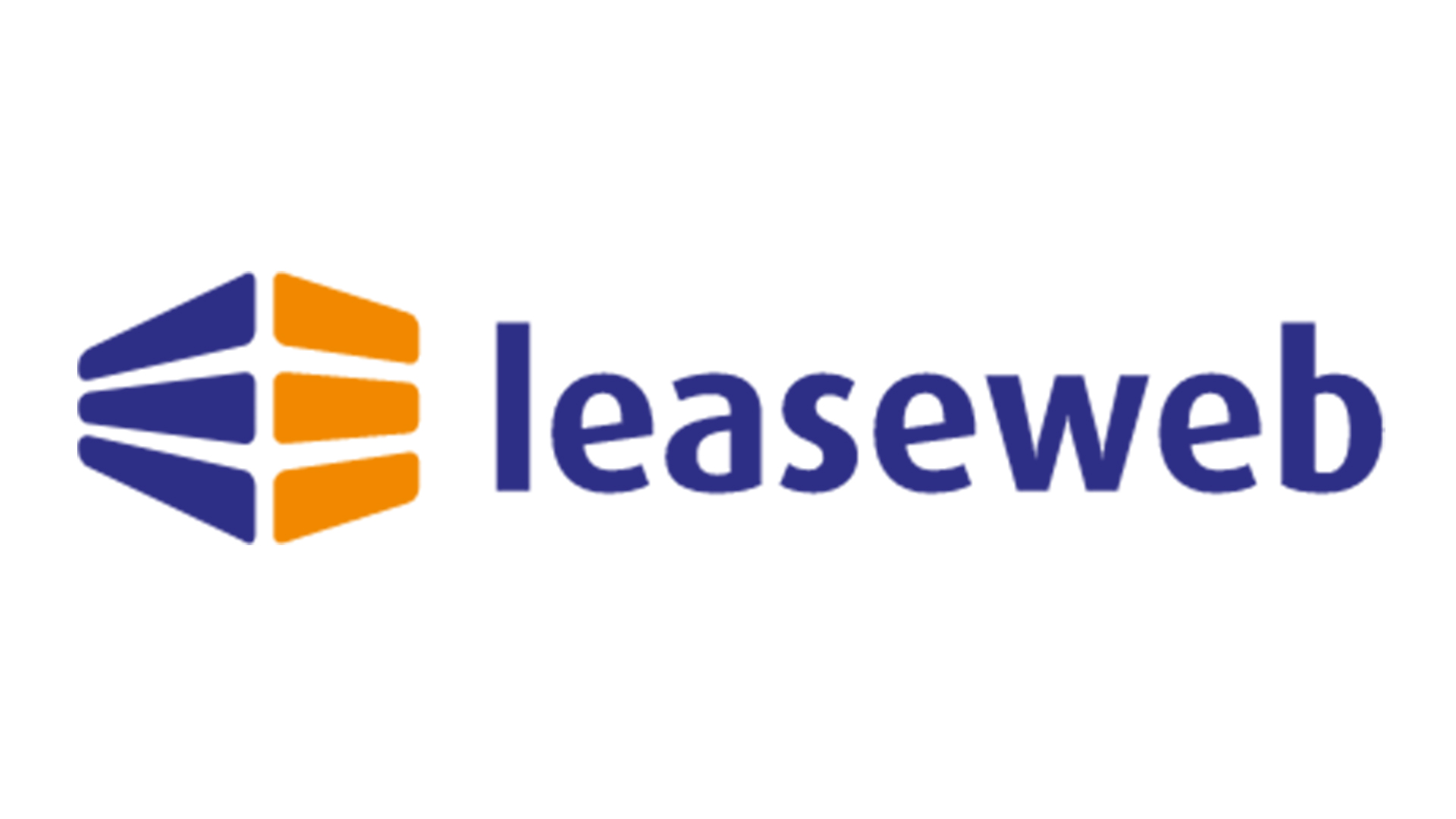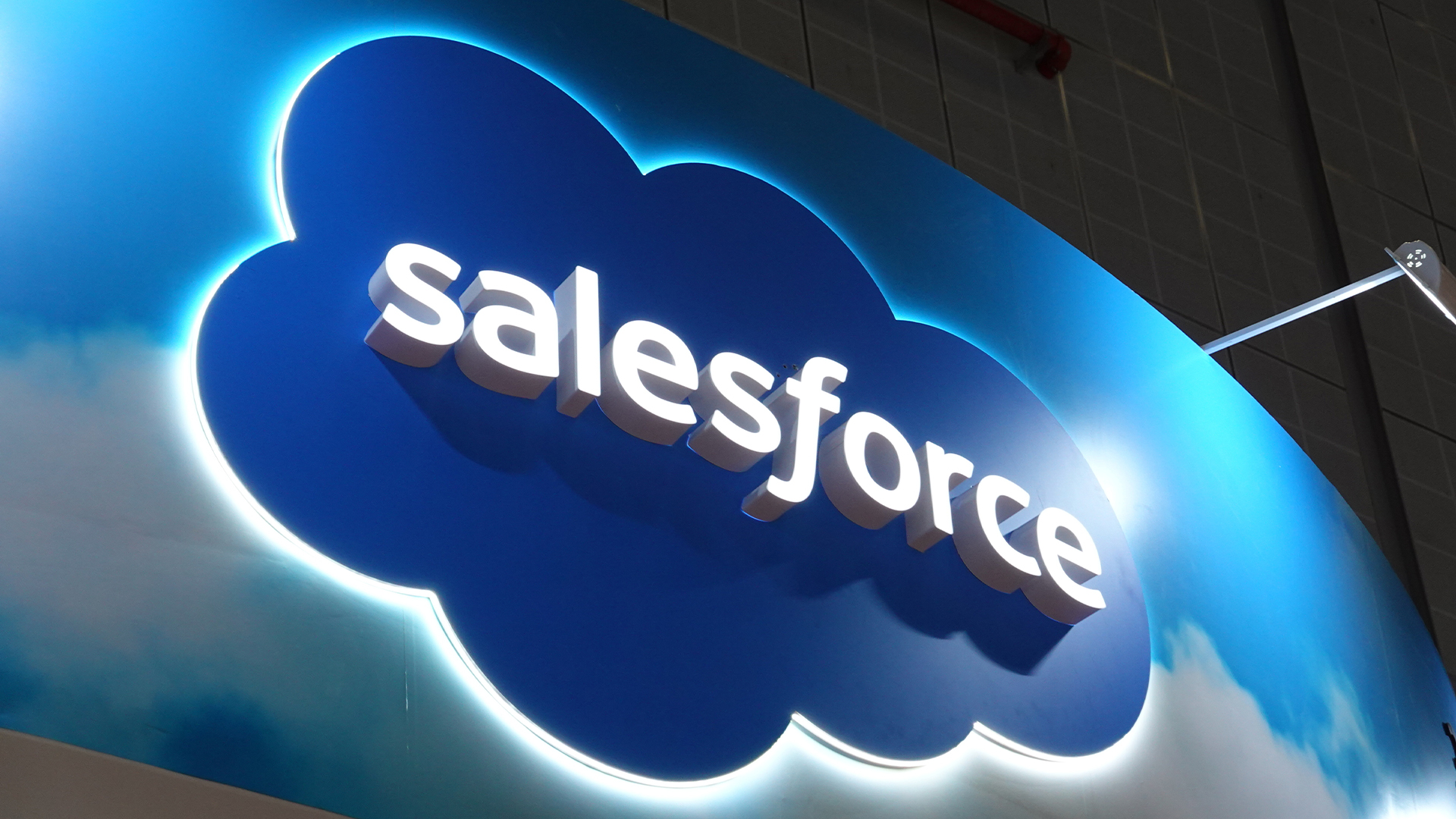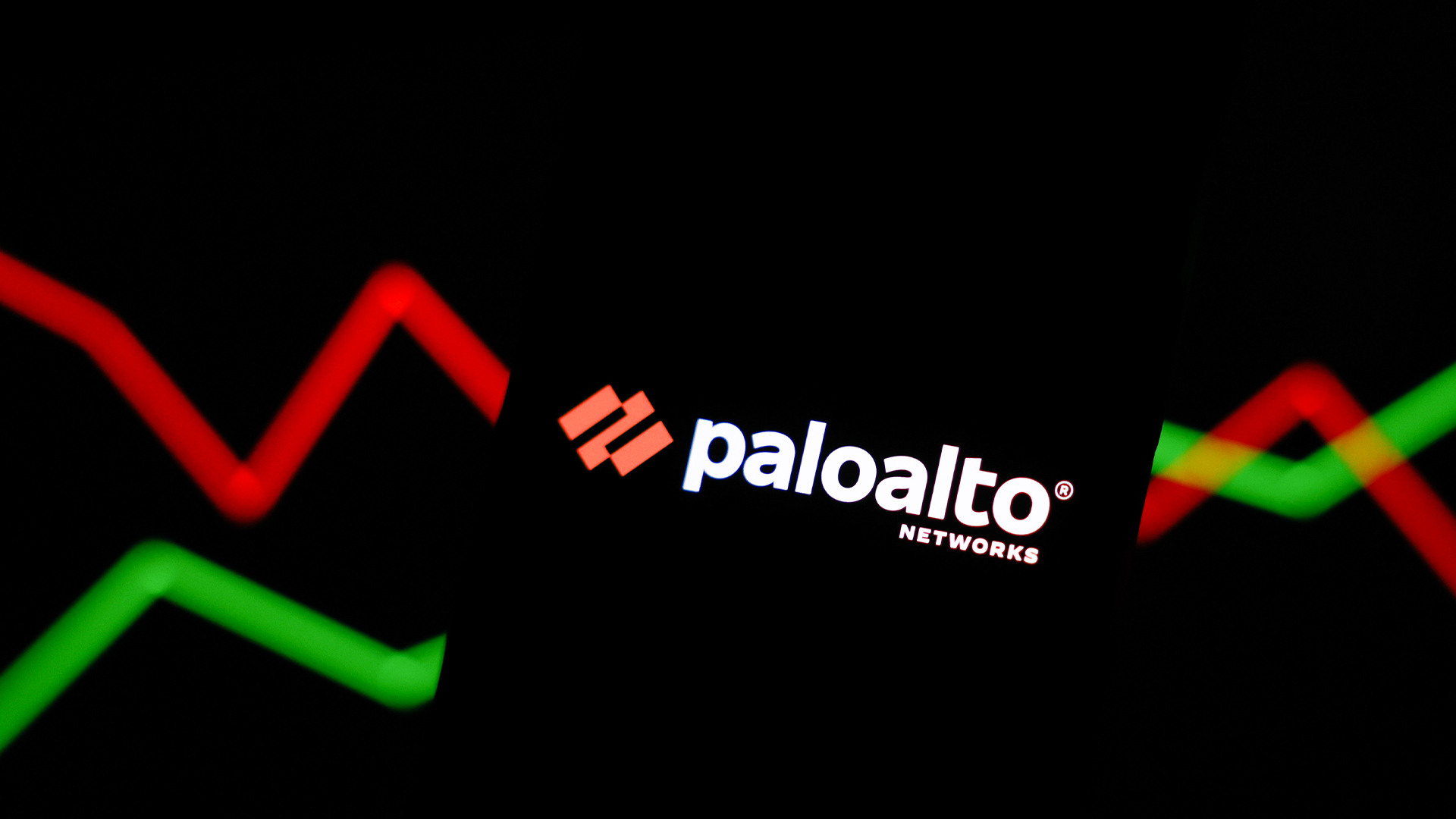Nortel: Past, Present and Future for the Channel
The global recession has claimed a number of high profile victims. Lehman Brothers and General Motors are probably the two biggest but Nortel is not far behind. The firm, which at one stage accounted for a third of the value of Toronto Stock Exchange in its native Canada, is unfortunately no stranger to the effects of economic downturn.

Past
In the dotcom crash of 2000, Nortel’s market capitalisation fell from around $390bn Canadian dollars (around £200bn) to just over C$5bn in a few short weeks. The shockwave forced the firm to shed almost 60,000 employees and rumours of imminent collapse soon followed. But the firm survived, partly due to its good technology, great installed customer base and the drastic cost cutting measures.
Nortel was considered, by some experts, as too big to fail. To give an indication of its market share, at least 7 out of 10 of the world’s largest retailers, financial services and healthcare providers all use its technology for telephony. Around four million agents in more than 50,000 call centres across the world dealt with irritate customers on a daily basis using Nortel tin.
In the UK alone the majority of the FTSE 100 still uses Nortel, and BT, its biggest partner, has installed an estimated 150,000 Nortel systems over the last 15 years. But even with these impressive numbers, the firm is viewed as a bit of a dinosaur that failed to adapt to the age of the new predators in the shape of Cisco and the other data network equipment providers.
With a history spanning back to the 1880s, Nortel arose to prominence as a supplier to big telecommunication carriers. Its flagship products such as the DCM were designed for high volumes of traffic with mission critical reliability for customers with relatively deep pockets. For voice, Nortel and rival Lucent were kings of a relatively small hill and the firm grew consistently.
Before voice-over-IP became the norm for enterprises, voice and data were separate fiefdoms within the world of enterprise ICT. Upstart start-ups like Cisco could have their enterprise data networks because the “Big boys” all wanted to play with Nortel voice technology. But as the network started to converge, the idea of single infrastructure supplied by a single vendor based on lower cost Ethernet and IP began bite into Nortel’s voice dominance.
As its share price started to ramp up in the late 1990, Nortel went shopping for companies to help it fight off the rise of the upstart data networking rivals. The firm acquired the highly respected Bay Networks for around $9bn to prop up its data-centric portfolio. Unfortunately, like Nortel themselves, Bay Networks was again carrier-focused and not really in touch with the rising enterprise market that Cisco was quickly dominating. Other acquisitions like Alteon Websystems, a web traffic specialist, cost Nortel just shy of $8bn, also purchased in shares. Unfortunately, Alteon failed to deliver any long-term value as the product bogged down and rivals like F5 powered ahead in the confusion. Cheaper purchases like CRM technology vendor Clarify for a mere $2bn in shares turned into white elephants. In Clarify’s case, Nortel managed to offload it only two years later for $200m in cash.
Stay up to date with the latest Channel industry news and analysis with our twice-weekly newsletter
So after the over-valued share price, spending spree, stock market crash, bargain basement sell off, a ‘financial irregularities’ scandal and ‘refocusing’ of the business that shed nearly two thirds of it employees, Nortel actually started to make money again, just not a lot.
By 2007, the share price hit a ‘high’ of $34 and the Wall Street Journal started speculation that Nortel was planning to buy its rival Avaya, a spin off from Lucent. This speculation was rife for a few months until Avaya was gobbled up by Silver Lake Partners, a private equity firm.
Present
As we spin forward to the end of 2008, its déjà vu time for Nortel. Another crash but this time it’s more than just dotcoms. Now everybody is feeling the effects of an imminent recession and the telecommunication carriers and large enterprises, or traditional Nortel customers as they are also called, simply put everything on hold.
Nortel, which is carrying a lot of debt and pension obligations, simply cannot whether the storm this time. There are not a lot of non-core businesses left to sell or employees to cut so the firm goes into bankruptcy protection and looks for a buyer.
This brings us to the Avaya acquisition or more accurately the Silver Lake Partners bid to unite the two biggest voice-centric telecommunication suppliers into a single entity.
“Personally I think it’s a real result,” is the view of Mario DiMascio, VP of Nortel’s Enterprise Business for the Northern region of Europe. “It’s a really good marriage; our combined installed base gives us a clear leadership in voice and data solutions.”
DiMascio, who has been with Nortel since 2005, is well known to the UK channel community and is surprisingly upbeat: “For customers, they get a financially secure suppliers and our partners now have access to an expanded portfolio.”
DiMascio confirms that Nortel have been doing some pre-integration work with Avaya on around 20 different product tracks and although there is overlap, the new company has strength in depth across all functional areas.
He is also “surprised” by how loyal the Nortel partner community has been during its trying times, “We haven’t noticed any significant erosion in our channel base and we have managed to deliver significant products and upgrades as per our roadmap.”
The two major releases DiMascio points to are Nortel’s Contact Centre 7 and Communication Server 1000 which both came out with upgrades this year that added significant functionality to both flagship products.
Although a few low end channel partners have effectively dropped Nortel, its six largest partners, accounting for more than 90 percent of it channel sales, have stayed loyal. The biggest by far is BT which has continued to sell Nortel while playing footsie with Avaya for some time.
As Neil Sutton, VP of Global Portfolio at BT Global Services comments on the Avaya acquisition: “This is a positive step and we look forward to the conclusion of the deal. We believe that if the deal goes through then this would be good news for customers, who would benefit from the broadened range of compelling solutions provided by BT.”
Other partners like Intrinsic Technology, Proximity Communications, Vodaphone, Kingston Technologies have all stayed loyal, at least publically.
Although Adam Jarvis sales director at Intrinsic technologies thinks Nortel, “was rash to seek protection under chapter 11 as demand has seemed to recover this year,” he believes that most of the channel partners stayed with Nortel because they had to for the sake of customers – and because Nortel kit is both profitable to sell and technically excellent. Of his 250 Nortel customers including United Utilities, Barclays Bank and Manchester City Council, he can list scores that have run for many years without a minute of outage or performance issue. “Yes there is a premium but its pretty well bombproof,” he adds. “With Nortel you truly get what you pay for.”
Even during the worst of Nortel’s recent troubles, only two customers have approached Intrinsic to discuss changing technology vendors. “We have talked and reassured all of them and there is no panic.”
Where Jarvis does see a problem is in green-field sites due to the current negative press around Nortel, “We often come an honourable second place,” he explains. Jarvis describes situations where the firm’s proposed Nortel solution is technical better or closer to the customers’ requirements but they are unsure about Nortel’s future so instead go with an inferior rival solution.
Darren Boyce, CEO of Proximity Communications has also run into a similar situation with new business around Nortel. Proximity includes clients such as the Daily Telegraph and Admiral Insurance amongst its 226 larger Nortel customers. He now makes it a point now to tell prospective upfront how they see the Nortel position and find out of it will be a problem before they advance into a full scale pitch.
Proximity, which was formed by a merger of Applinet Plc and Unified Group, is also one of the larger Nortel partners that without a foot in the Cisco door. “You can win the hearts and minds of the voice guys with a Nortel solution,” explains Boyce, “But the data guys dominate voice and they will mention something great they saw in a [Cisco] lab…”, which combined with the recent Nortel problem, can easily derail a deal in his view.
Both Boyce and Jarvis confirm that they have been approached by Nortel rivals to jump ship. In one incident, a rival vendor approached a large customer to pressurise the partner to move suppliers as part of a proposed deal. But as Boyce points out, a good “channel strategy is based on loyalty. A good partner drive sales when its [vendor is] not flavour of the month.”
Future
Almost counter intuitively, he also believes that the recession could actually help the new Nortel-Avaya union. “At the moment, people are not buying niceties they are buying necessities. For the next few years, it’s not going to be about touch phones and video conferencing; [they] want a phone that works, a desktop that works, a return on investment on proven technology.”
Necessities not niceties is a great sentiment but both Intrinsic Technology and Proximity Communications as well as most of the other Nortel partners are looking at changing their portfolios or courting potential best of breed alternatives. The fear is that the “reorganisation” that will shortly take place at Nortel will end up curtailing product development or worse, prematurely terminates certain overlapping products.
Both Boyce and Jarvis agree that the combined might of the bigger Nortel and Avaya partners selling a single portfolio will probably edge out some of the smaller players. “There will be a lot more Avaya skills in the industry then Nortel,” comments Boyce hinting that if Avaya take on core products like Contact Centre, partners from the Nortel side are likely to be better placed to make inroads into traditional Avaya partner customer base.
Compared to Cisco, there is considerably more margin in selling Nortel and whether there will be margin erosion post-Avaya acquisition is probably too early to call. However, certain difficult strategic choices will need to be made that could affect both the channel and customers.
As Keith Humphreys, managing consultant at EuroLAN, a channel-focused analyst and consulting firm points out, “The Nortel and Microsoft Innovative Communications Alliance is one venture that might come unstuck.”
Humphreys refers to the deal forged between the pair in 2006 to create strong interoperability between Nortel’s Communications Server 1000 and Microsoft’s Exchange Server, and integration between Nortel’s Multimedia Conferencing 5.0 system and Microsoft’s Office Communicator. The firm has more than 500 joint customers for ICA but Humphreys points out that Avaya is positioning itself as a potential rival or independent supplier to Microsoft in this respect.
Humphreys, who has in the past worked with both Nortel and most of its major channel partners, is also concerned over the commitment to the channel Avaya has shown. Up until quite recently, Avaya was mostly a direct touch organisation and he believes that it will take them a while to get to grips with how Nortel managed to deal “pretty well” with its channel community.
In his view, the distributors will probably be unaffected as there is already much overlap with major providers like Azlan and Westcon already taking both vendors products. The key issue in Humphreys view is the new company needs to “go through its entire product portfolio from top to bottom and get a viable roadmap in place,” but he warn, “It could get nasty, something’s will have to go” but he believes that the new firm needs to be up front and do this whole process as quickly as possible. This notion that a concrete strategy has to be in place as soon as possible is a view echoed by other Nortel partners such as Intrinsic and Proximity.
What is clear, even grudgingly acknowledged by rival vendors, is that Nortel has fantastic technology. Avaya has also bought market share and a ready made channel to bolster its own lacklustre community. The fact that it intends to retain at least 60 percent of the global Nortel workforce should help with continuity during the transition. Its parent, the private equity firm Silver Lake Partners, also owns Skype which gives creditability to the notion that maybe the firm will be able to offer something new and innovative to the sub enterprise market.
Prior to the acquisitions, Avaya had only a couple of points lead over Cisco with around 16 percent of the enterprise telephony market according to analyst firm Dell’Oro Group. But adding in third place Nortel’s 10 percent share, places them in a comfortable first place with over a quarter of the market. If its partners continue to remain loyal and if the recession starts to fade, it might be a new dawn for the firm. The next few years should be an interesting time as the fight between “data with voice” a la Cisco and “voice with data” via “NorVaya” finally becomes a much more even contest. Make no mistake, there will be a fight.
Nortel VP DiMascio is keen to stress that Nortel has lots of fingers in many pies such as a major deals with managed service providers, the joint Microsoft OCS customers it has won and the strength of its potential service arm with the combination of Avaya. However, although he won’t mention the C-Word (Cisco), it is clear when speaking to him that with the acquisition, they simply don’t fear any of the other traditional voice centric providers like Siemens or Mitel any more.
“2010 is going to be an exciting time,” is the view of DiMascio, “To the channel partners I want to say a massive thank you, they have shown their true colours, the ones that have stuck with us through these difficult times.” In a line that could have been taken out of a Schwarzenegger film of the late 1980s or even the Godfather, DiMascio concludes the call by saying “For them [the loyal channel partners], now its payback time!”
-
 AI Fatigue: Is the backlash against AI already here?
AI Fatigue: Is the backlash against AI already here?Feature The proliferation of AI tools in the market is creating confusion, decision paralysis, and declining productivity…
-
 Epson EcoTank ET-4956 review
Epson EcoTank ET-4956 reviewReviews This refillable inkjet MFP does everything you need in a small office – it's compact and cheap to run, too
-
 How SMBs can DIY their IT implementation and support
How SMBs can DIY their IT implementation and supportFeature For some small and medium-sized businesses, the third-party expertise and support might be out of reach. What’s the alternative?
-
 Keeper Security expands federal bench with latest senior hires
Keeper Security expands federal bench with latest senior hiresNews The security vendor has bolstered its federal team to support zero-trust access, operational execution, and government modernization efforts
-
 atNorth bolsters leadership bench with double appointment
atNorth bolsters leadership bench with double appointmentNews Tatu Tuominen has been named director of public affairs and communications, while Anne Helenius-Heir will serve as director of HSE
-
 Ronald Richardson to lead Leaseweb’s global commercial strategy
Ronald Richardson to lead Leaseweb’s global commercial strategyNews The experienced executive has been named Leaseweb’s new CRO as the IaaS provider embarks on the next phase of its growth journey
-
 HackerOne eyes enterprise growth with double C-suite appointment
HackerOne eyes enterprise growth with double C-suite appointmentNews Seasoned industry executives Stephanie Furfaro and Stacy Leidwinger have joined the cyber security vendor’s executive team
-
 Salesforce opens up Agentforce 360 for partners to drive agent development
Salesforce opens up Agentforce 360 for partners to drive agent developmentNews Salesforce has opened up its Agentforce 360 platform to allow partners to build and sell AI agents and applications.
-
 Alteryx names former Salesforce, Oracle strategist as new global technology alliances lead
Alteryx names former Salesforce, Oracle strategist as new global technology alliances leadNews The former Salesforce and Oracle leader will spearhead Alteryx’s partner strategy as the vendor targets deeper ecosystem collaboration
-
 Palo Alto Networks to acquire Chronosphere in $3.35bn deal
Palo Alto Networks to acquire Chronosphere in $3.35bn dealNews The cybersecurity vendor will combine Chronosphere’s observability platform with its own Cortex AgentiX offering